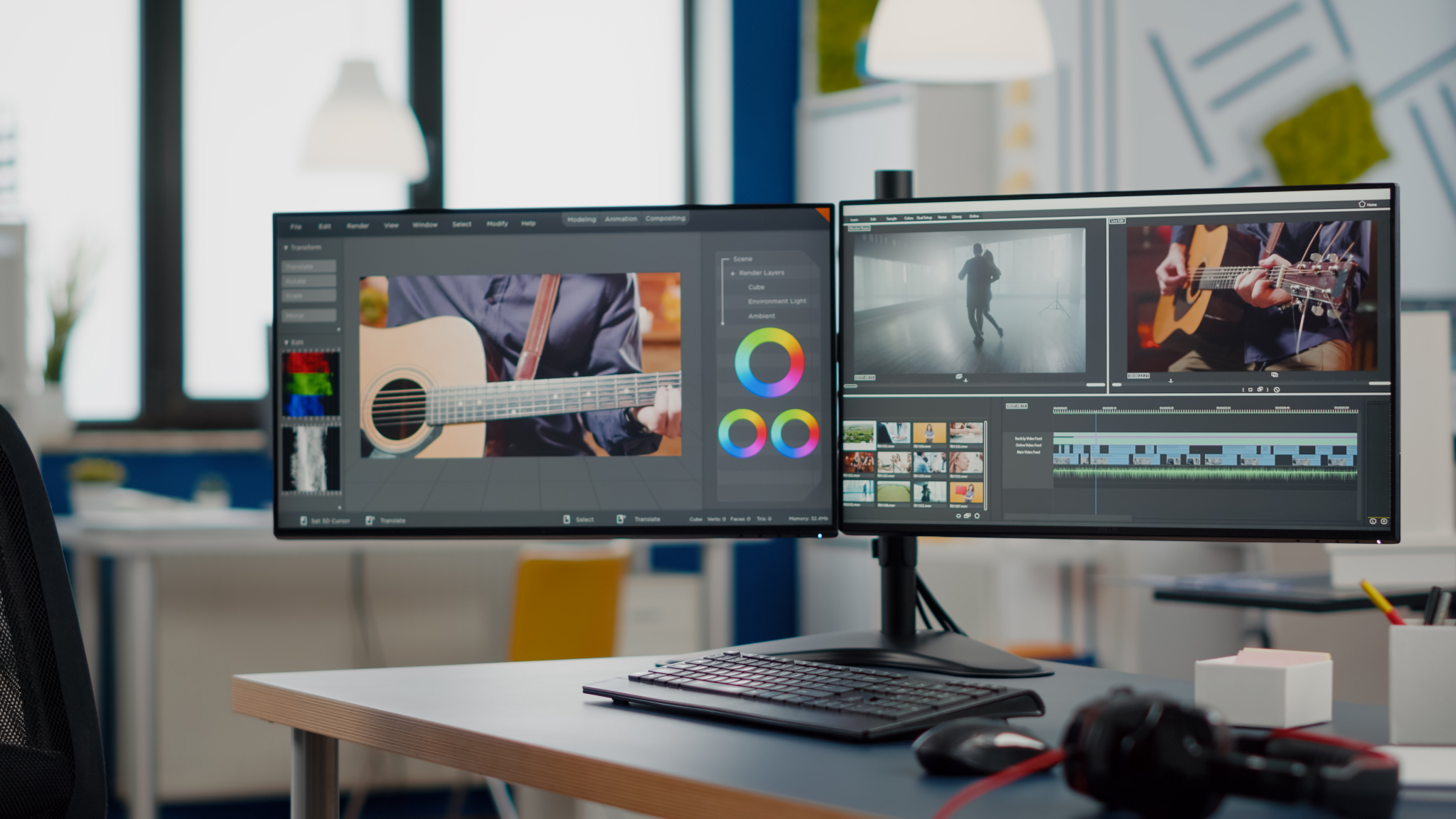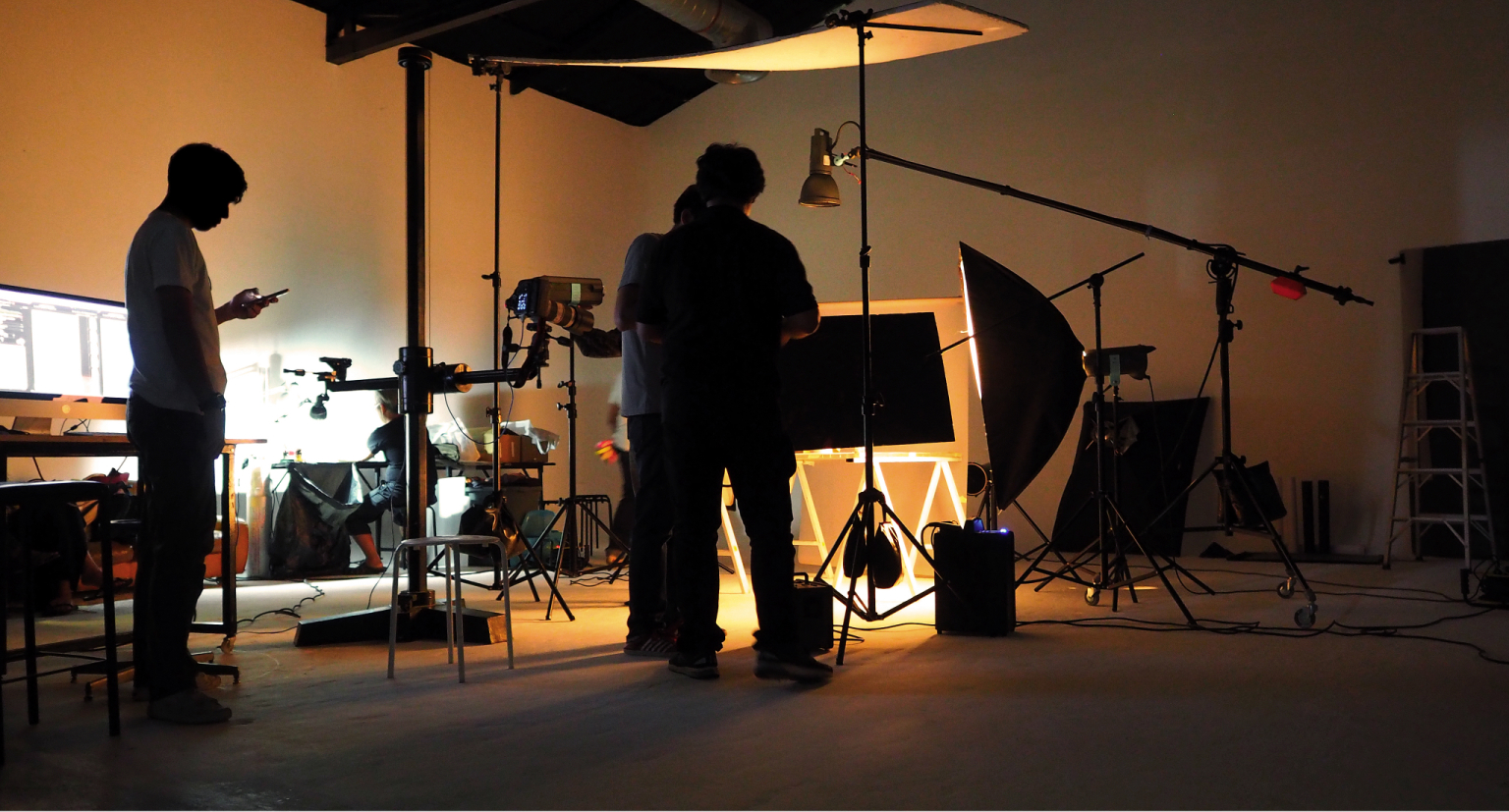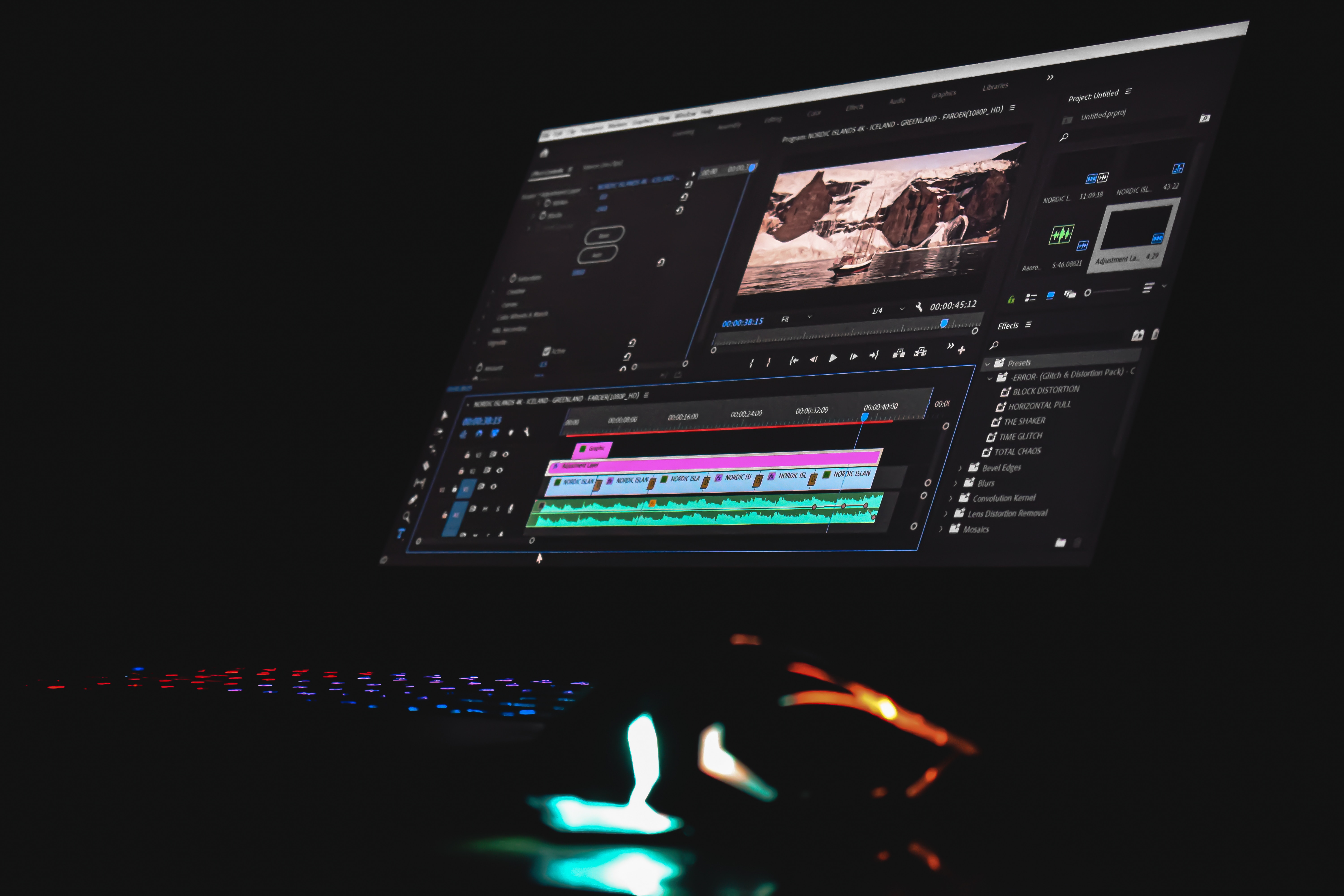Many critics and filmmakers mention "production value" when discussing feature films and TV shows. High production value can enhance almost any story, making it nearly impossible for audiences to look away, whereas low production value can ruin even the best scripts and performances.
With such high stakes, it's essential to understand everything that goes into crafting a quality production, including art direction, technical elements, and budget limitations.
What Is Production Value in Film?
So what exactly is the definition of production value — and is it even definable? Unlike budget and box office revenue, which have tangible numerical values, production value describes a movie, show, or video's overall quality as visual media. It's about how much a production looks like it must have cost to make, regardless of its actual budget.
A project's production value is often a combination of its cinematography, audio, locations, sets, visual effects, color, special effects, music, and performances. However, like much movie jargon, the term is rather loose, so production value's definition and meaning may vary among different filmmakers.
Production value is often tied to budget, as higher budgets usually yield better results. However, this generalization is not always true. Due to time constraints and lack of attention, many big-budget blockbusters look cheap and stale. Comparatively, many low-budget independent films find creative ways to create gorgeous visuals and stunning scenes without raising production costs.
The Technical Elements That Contribute to Production Value
While art and location play a significant role, a project's production value is about more than what's explicitly on-screen. Technical elements like cinematography, lighting, sound, and editing all impact how audiences perceive a film. So even if the sun sets beautifully behind a snow-covered mountain, the mountain won't look good on screen unless the cinematographer knows how to frame it properly.
Almost any location, actor, and prop can be tonally redefined by a production's technical elements. A three-point lighting setup can enliven a dark room. And music, sound effects, and mixing can cover up distracting audio. Even a gray-looking background can be treated like a blank canvas to create visual wonders with the proper color correction.

How Art Direction Can Enhance Your Production Value on a Budget
Whether you're working on a short film or commercial services, art direction can significantly increase your production value. Art direction refers to almost all of a movie's non-technical visuals, including props, wardrobe, production design, hair, makeup, and continuity. To understand why art direction is so important, imagine a prop sword in the hands of a villain — how much scarier is the villain if he holds a slick, shiny sword dripping in blood vs. a plastic toy sword?
When enhancing your production's art direction, focus on what could make a scene stand out visually. Essential factors to consider include color scheme, setting, mood, and characters. In 2016, La La Land won the Oscar for Best Production Design thanks to the movie's extensive use of color. Nearly every piece of its art direction was colored blue, red, green, or yellow to represent the different tones of each scene.
Attention-grabbing art direction and production design don't always have to destroy your budget. Many student filmmakers utilize dollar stores and thrift shops to acquire cheap special effects tools and props, such as string lights, makeup, picture frames, décor, paint, and unique wardrobes.
Maximizing Production Value on a Low-Budget Film
Depending on your project and crew, most of your production budget may be reserved for food and contingency. While this may seem like bad news for your production value, it doesn't have to be. 2007's Paranormal Activity became a terrifying hit with almost no budget simply because its filmmakers were strategic with camera angles, locations, and effects. It is now considered history's most profitable movie.
Creative Ways To Add Special Effects to Your Production
While you may not be able to do a virtual production with extensive VFX, you can achieve many special and visual effects on almost any budget. After all, effects-heavy movies existed for decades before CGI. Examples of easy and low-cost special effects include makeup, forced camera perspectives, miniatures, and off-screen fans to create wind.
Filmmaking is a creative art; even some of the biggest-budget movies use affordable and mundane strategies to pull off wonders. For example, the T-Rex vibrations in the water glass from Jurassic Park were created by plucking a guitar, the alien blood in Predator was made using glow stick juice, and the landspeeder in Star Wars featured mirrors on its bottom to imitate flying.
Balancing Production Costs and Quality for a Successful Film
When working with a limited budget, be strategic about where you spend your money, and get creative when working around limitations. Additionally, if there are any moments in your script you can't budget out or work around, brainstorm creative ways to replace them or remove them entirely.
For example, consider a prop gun that doesn't require close-ups. Painting a medium-sized water gun black instead of buying a real gun and hiring an on-set weapons master could save your production thousands of dollars. However, if a close-up shot of the weapon is narratively necessary, consider replacing the gun with a knife or other affordable prop.
Final Tips for Achieving Quality Production Value in Your Film
Arguably, the most significant factor of production value is the overall amount of time put into the project. When framing a shot, be strategic about where every detail lands in the background and foreground. Put extra time in when decorating sets, and be intentional about everything on screen.
During post-production, give yourself plenty of time when editing and coloring your footage, and avoid creating tight deadlines. Many modern superhero movies with $200 million+ budgets lack decent production value due to the near-impossible time restraints imposed on their editing teams. Had the VFX designers been given more time, movies like Ant-Man and the Wasp: Quantumania could've looked significantly better.
Remember: Don't rush yourself, and always prioritize the quality of the final product. Adding elements like graphics, sound effects, atmospheric noises, and music during post-production can make your project feel more immersive and high-value to viewers. Visit StockMusic.net to access royalty-free sounds that will improve your production value without hurting your budget.




